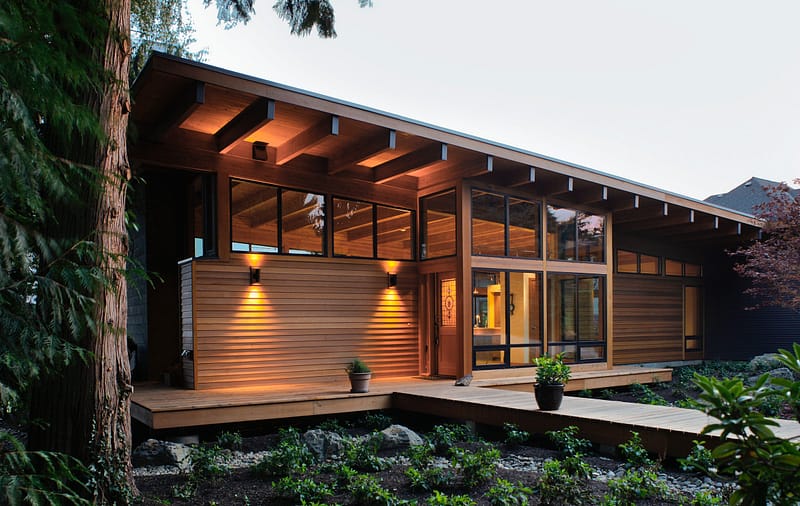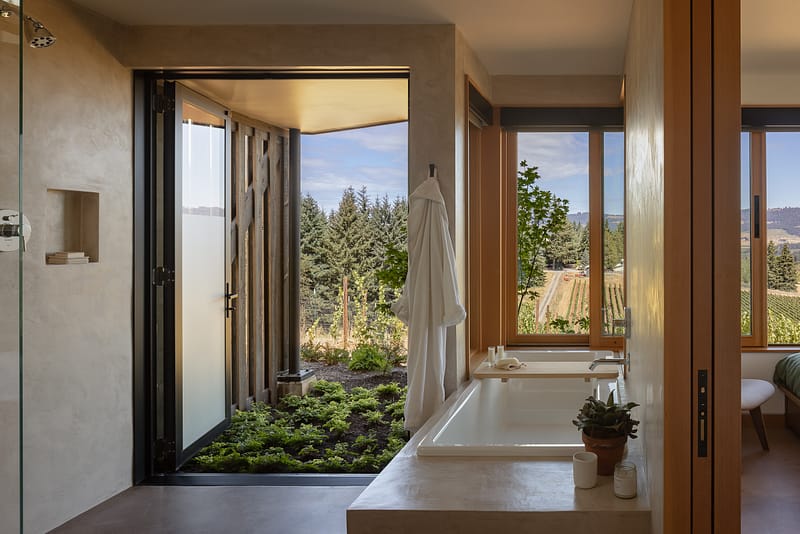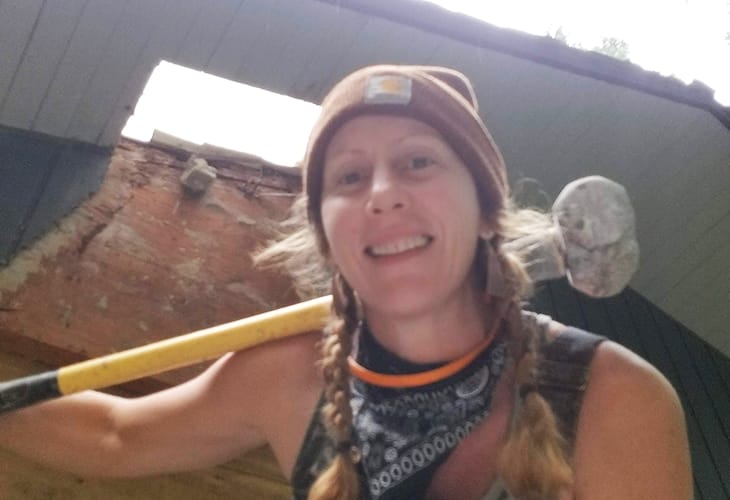Hammer & Hand and its Let Oregon Lead partners successfully encouraged the Oregon Reach Code Committee to adopt Passive House as an option in Oregon’s aspirational building code.
For the past several months, Sam Hagerman, Skylar Swinford and I have been working closely with a group of Passive House colleagues – Graham Wright, Jeffrey Tufenkian, Wes Drumheller, Stephen Aiguier, Dylan Lamar, and Tad Everhart – in an effort to persuade the Oregon Reach Code Committee to include the Passive House Building Energy Standard as an optional compliance path within Oregon’s new Reach Code.
Jargon alert:
Passive House = the high-performance building energy standard that achieves huge energy efficiency gains in buildings (85-90%) through a carefully balanced and modeled combination of straightforward building concepts (superinsulation, airtight construction, mechanical heat recovering ventilation, high performance doors and windows, etc.). Read more on the Passive House page in our website.
Oregon Reach Code = the new, optional building energy code created by Oregon Senate Bill 79 to chart the course for future energy efficiency improvements in base building code, and, ultimately, to help the state reach a future of carbon neutral buildings.
The Let Oregon Lead Campaign’s message is simple: the Passive House standard, with its doable yet major building performance gains, is perfect for the Reach Code and can help the aspirational code meet its mandate (see this blog post). Over 40 nonprofits and businesses have signed on to endorse the Campaign, including the Passive House Alliance, Passive House Oregon, Citizens’ Utility Board of Oregon, Oregon Environmental Council, and Rocky Mountain Institute, to name a few.
Our Let Oregon Lead Committee made the trek down to Salem last week in Hammer & Hand’s big red truck to make the case to the Oregon Reach Committee. After hearing our 20 minutes of presentation, including a Passive House primer, local Passive House success stories (including the Salem-area house by Blake Bilyeu, pictured here), and detailed code recommendations, the Reach Code Committee voted unanimously to include Passive House as a compliance path for commercial buildings in the Reach Code! Right before our very eyes! See the press release here.
This is the first time that the Passive House Building Energy Standard has become part of code in the United States.
It was so gratifying to witness the Reach Code Committee at work, and to see their enthusiasm for harnessing Passive House’s high performance power to further the Reach Code effort. Collectively, we’ve got some big energy and climate challenges ahead of us, so the Reach Code Committee’s leadership is critically important. (After all, if we had failed to get a high-performance option accepted for an aspirational building code – ie. an “option within an option” – our State’s efforts at significantly reducing building energy use would be in trouble.) The next step will be for the Committee to consider Passive House as an option for residential buildings as well. Given the strong support we saw among Committee members, we’re hopeful this will come together in the next couple of weeks.
I’d like to express a heartfelt “thank you” to our colleagues on the Let Oregon Lead campaign, to the endorsers of the Campaign, to Jana Gastellum of Oregon Environmental Council for joining us in Salem to testify in support of our proposal, and to the Reach Code Committee itself for securing this victory for Oregon’s building practice and climate future.
Victory!
– Zack



